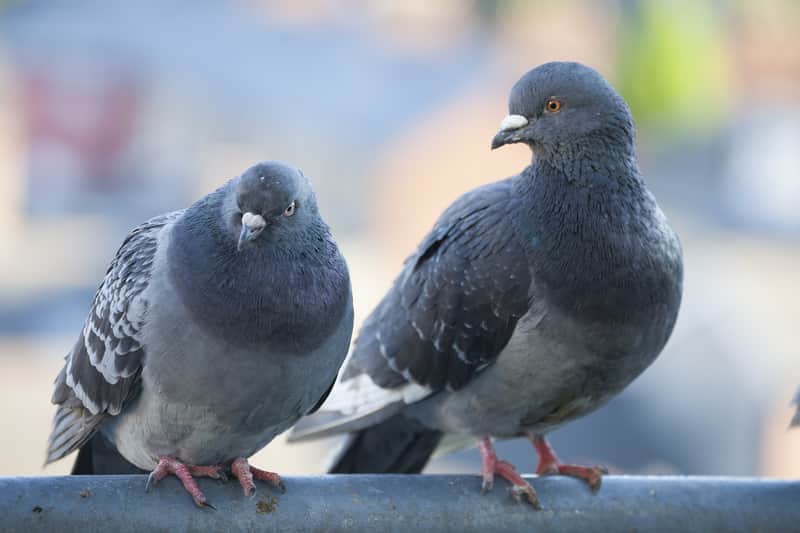You probably know that birds often fly to warmer environments during the winter months, but have you ever wondered where birds actually go when they migrate? Should you be worried about pest birds nesting near your home during this time of year?

According to National Geographic, up to 80 percent of North America’s bird population migrates to a more accommodating climate each season. This means that millions of birds fly from north to south each winter, and then they head back north when the temperatures warm up.
In the winter, many birds can be found in southern cities, where food sources like nectar or insects are available. If food remains available due to an unusually warm late fall or winter, birds may delay migration.
Do Birds Carry Disease?
According to the Occupational Safety and Health Administration, birds can carry pathogens that may cause more than 60 diseases that can be transferred to humans.
In addition, birds can also be infested with bird lice. Bird lice can be found on birds, such as pigeons and sparrows, which are known to frequent areas with humans. Bird lice are small in size — about one-eighth of an inch — and range in color from tan to creamy white. Though bird lice may bite humans, they are incapable of living on human hosts. They cannot reproduce without a meal from their preferred host, which are birds. Bird lice are usually only seen after their preferred host or harborage has been moved or disturbed. However, bird lice can bite humans who are handling the infested birds or nesting materials.
Can Birds Cause Damage to Homes?
Birds typically prefer to nest in trees, but if those are in short supply, some birds will look for the next-tallest structure to nest in, which could be your home. The corners of your roof can make for a favorite nesting spot for birds, since gutters can also provide a source of water. After some time, nesting birds can clog up your gutters, which can create problems. To help prevent an unwelcome guest from taking up residence there, install gutter guards or screens. Birds may also decide to build a nest in your chimney, as it can act as a hollow tree that some bird species like to nest in. This is where a chimney cap can come in handy, which should be installed by a professional.
Bird droppings are also acidic, meaning they aren’t just unsanitary — they can actually cause damage to your roof and home. Don't attempt to clean your roof yourself — leave this job to the professionals. Not only is climbing up to the roof hazardous, but the threat of disease-causing pathogens in the droppings requires the use of special cleaning methods and protective clothing. A nuisance wildlife control professional will be able to properly help.
How Can I Help Keep Birds Away from My Home?
If you’d like to keep nesting birds away from your home, there are a few ways you can discourage them from making your place a rest stop. First, limit potential sources of food, like outdoor trash or open-air compost piles. If you choose to keep bird feeders outside, place them far away from your home at the back of your property. Additionally, if allowed by your municipal or state building code, consider installing vent covers or screens to help prevent birds from nesting in vent areas.
Although bird migration occurs without causing any issues for humans in most cases, pest birds can be a problem for homeowners from time to time. If you need help dealing with a bird problem this winter, contact the nuisance wildlife control professionals at Terminix®.



